Museum of Reclaimed Urban Space
A living archive of urban activism and space reclaimed.
The mission of the Museum of Reclaimed Urban Space (MoRUS) is to preserve history and promote scholarship of grassroots urban space activism by researching and archiving efforts to create community spaces. They also exhibit materials that document these actions, to educate people on the political implications of reclaimed space.
In the 1950s and ’60s, as wealthy residents started moving to the suburbs, property values plummeted across the city. Places like the Lower East Side were hit especially hard.
The landlords, not seeing value in maintaining the properties or paying taxes, would collect rent until the city repossessed the property. As a result, New York City ended up owning tens of thousands of properties.
Because the city was in an economic crisis and couldn’t maintain the buildings, it started cutting off services (like not maintaining infrastructure and shutting down schools and fire houses) to certain neighborhoods in an effort called “planned shrinkage.” As a result, buildings were left to burn and whole neighborhoods were left abandoned and decaying.
In the late ’60s, struggling artists, punks, anarchists, transients, and activists saw an opportunity to reclaim these spaces. With a lot of hard work, they transformed the rotting tenements into livable spaces, the abandoned schools into community centers, and plots that were rubble into community gardens.
When the late ’80s came along and the economy was on an up, people started moving back into the city. The price of real estate started to rise again, and the Lower East Side started looking like a desirable place to develop. Unfortunately, this led to many of the squatters being evicted and saw a lot of their community spaces shuttered.
The squatters and activists fought hard and though most were evicted, about a dozen squats became legal co-ops and many of the gardens are still an essential part of the neighborhood today. If you look past the boutique shops, trendy bars, and fancy eateries you’ll see there’s a rich history of activism and resilience in the area. MoRUS is there to tell the story and to foster environmental and social change within the community.
Know Before You Go
Museum entry free; suggested donation $5 Tours $20
Community Contributors
Edited by
Plan Your Trip
The Atlas Obscura Podcast is Back!





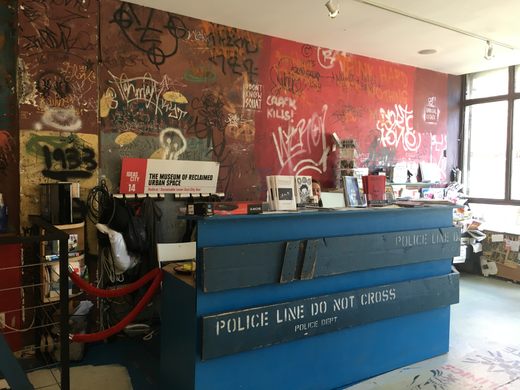
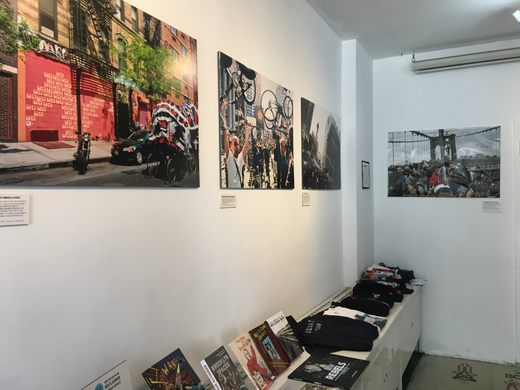
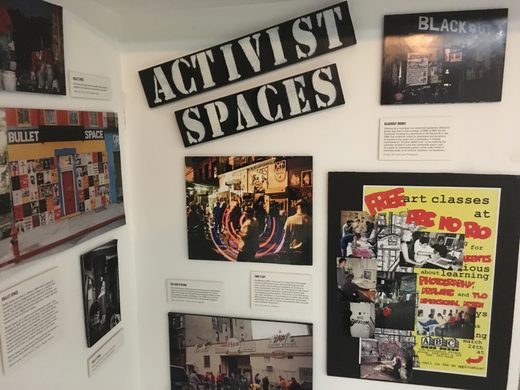
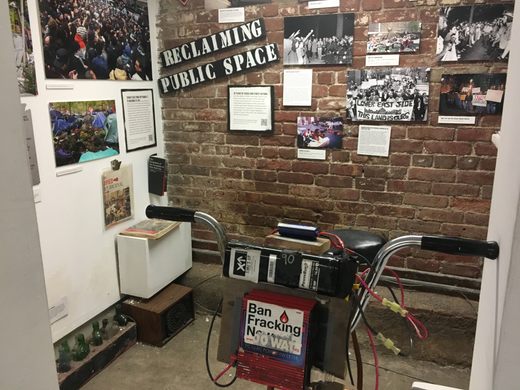
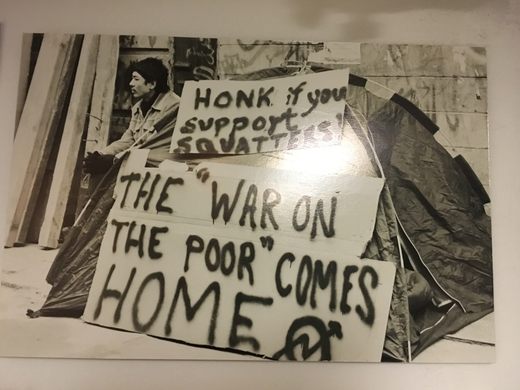






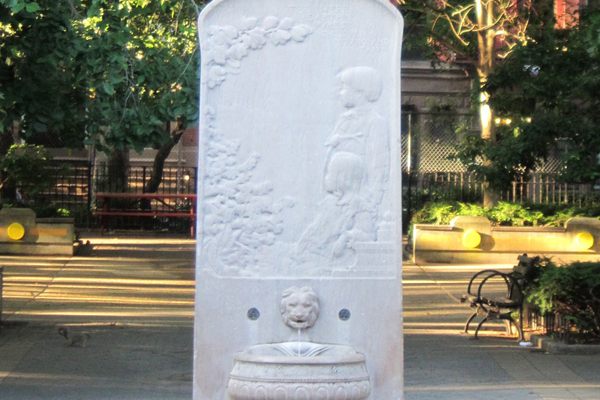






Follow us on Twitter to get the latest on the world's hidden wonders.
Like us on Facebook to get the latest on the world's hidden wonders.
Follow us on Twitter Like us on Facebook